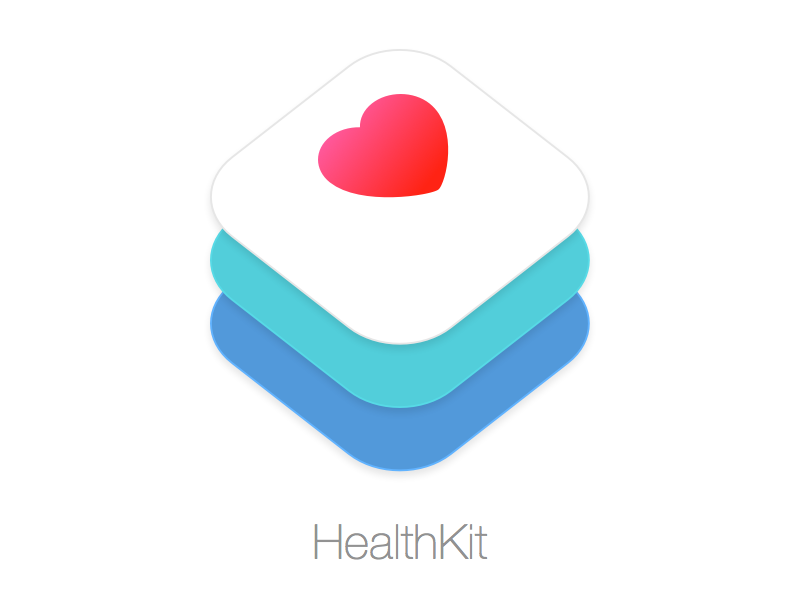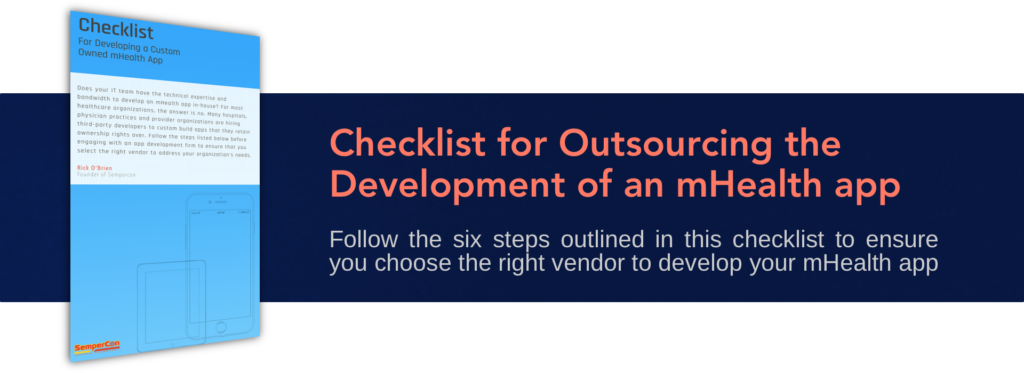There have been a lot of changes in the field of mHealth over the past year. One major change is the roll-out of health development platforms such as Apple HealthKit, Google Fit and Microsoft Health. These platforms collect and synthesize data from disparate health and wellness apps to create a digital home for mobile device users’ health information. The promises of each platform are great, but how much value can mHealth developers expect from making their products compatible with these health platforms?
At first glance each platform appears to be similar, but upon closer look it’s evident that they each have different aims, features and capabilities.
Apple HealthKit accesses and integrates health data from iOS users’ apps with their permission to form a singular health profile. Through various APIs, health and wellness apps can communicate with each other. Only iPhone and iPad users are able to utilize the Apple Health platform. A comprehensive range of health information such as sleeping habits, exercise routines, weight and heart rate is either automatically collected from apps that have Apple Health APIs or is manually entered by users. Apple Healthkit users also benefit from smart coaching features that evolve with their activity.
Google Fit is a browser-based platform that has many of the same features as the Apple Healthkit. Google Fit similarly integrates data from third-party applications and allows Android users to manually enter their health information. Their platform capabilities, however, are best suited for activity and weight tracking apps.
The Dark Horse of this race is Microsoft Health. This platform requires either an IoT device called the Microsoft Band or a third party app to collect data. Google Fit and Apple Healthkit, in comparison, automatically monitor device users’ physical activity through the sensors of their mobile devices. Microsoft Health is housed on Android and stores data on the cloud, providing data collection and health coaching capabilities similar to Apple Health.
As these health development platforms gain traction, deciding whether to integrate with these platforms is becoming a more pressing priority for mHealth developers.
Here are some reasons why it’s a good idea:
- Improving user experience: The integration of multiple health applications better enables users to understand the “big picture” of their health, rendering the health information that singular apps collect even more useful. For applications with niche functionality, data integration presents more opportunity for data analysis and optimization.
- User acquisition: Being an early adopter of these platforms can potentially boost the popularity of an app. Apple, for instance, features and promotes applications that are integrated with their platform. prompting users to download the apps.
- Brand Association: Each of these health platform providers are well trusted by consumers, and with good reason. When it comes to security these platforms require app developers to have sufficient privacy agreements. With this endorsement, privacy-conscious users are more likely to consider entering their health information onto mHealth apps.
Here are some reasons why it’s a bad idea:
- Negligible impact on user experience: Many of the features these platforms offer may be redundant, given that they primarily aggregate and synthesize data already collected on free-standing mHeath applications. This begs the question, do health platforms enhance the user experience, and offer users anything third-party apps don’t already?
- User retention: Health platforms may drive users away from third-party applications, and instead to their own dashboards. Integrating with these platforms may not be in your company’s best interest.
- Not social enough: These health platforms lack the social community components that support health consumers in staying motivated enough to make positive health-related lifestyle changes.
- Too much data sharing: Privacy is always a concern for health consumers, and storing app users’ health information in one central place may make their information increasingly vulnerable to cyberattack.
- Not compatible: None of the major health platforms discussed above are compatible with one another. Apps that are available on both iOS and Android must be updated with the APIs of each individual platform.
With plenty of reasons for and against integrating third-party apps with these health platforms, it remains to be seen whether they will provide a lasting foundation for the mHealth landscape. The fastest way for mHealth developers to determine whether these platforms provide little or significant added value is to trial them and discover firsthand which of them offers additional value to their users.


